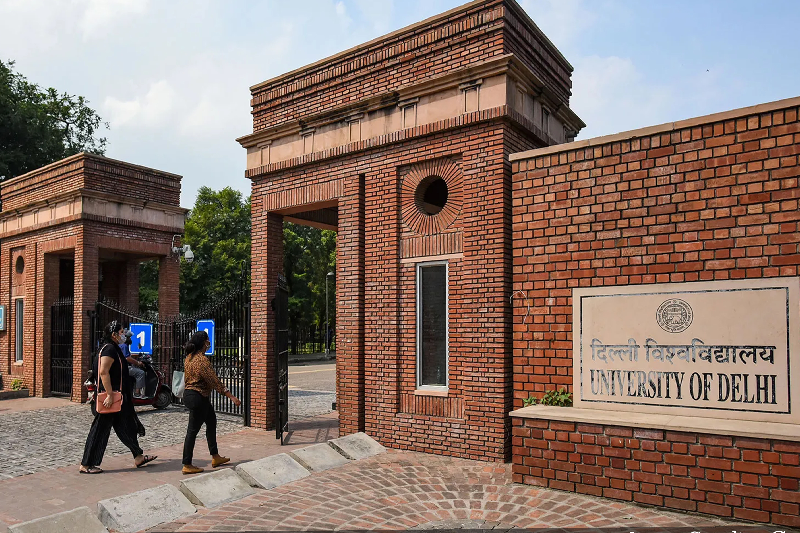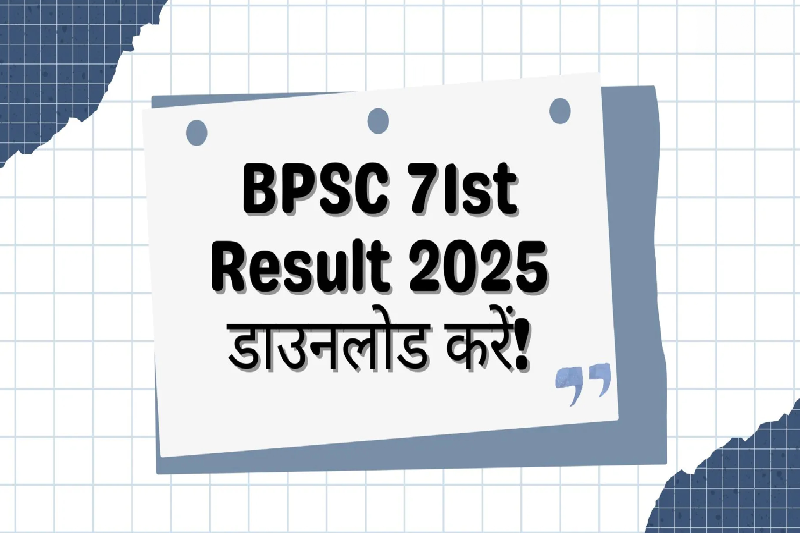
Women Outpace Men in Delhi University Admissions Since CUET Introduction, Government Data Shows
In a notable shift towards gender equity in higher education, more women than men have secured undergraduate admissions at Delhi University (DU) every year since the introduction of the Common University Entrance Test (CUET) in 2022. The data, released by the Ministry of Education, suggests that CUET has significantly improved access for women, particularly from diverse academic and regional backgrounds.
According to figures shared in Parliament by Minister of State for Education Dr Sukanta Majumdar, the total number of female admissions at DU has consistently outnumbered male admissions over the past three academic years.
Gender-Wise Admissions: Women Leading Since CUET Launch
Here’s a breakdown of gender-wise UG admissions at DU since CUET became mandatory:
- 2022–23:
- Women: 34,010
- Men: 30,662
- 2023–24:
- Women: 36,126
- Men: 32,425
- 2024–25:
- Women: 39,242
- Men: 33,124
These figures clearly highlight a steady and widening gap in favor of women securing seats at one of India’s most prestigious universities.
Surge in CUET Participation by Female Students
The rise in enrolments is matched by a corresponding increase in the number of female candidates appearing for CUET (UG):
- 2022–23: 4.29 lakh
- 2023–24: 5.13 lakh
- 2024–25: 5.94 lakh
This represents a jump of nearly 1.65 lakh female candidates over just three years, underscoring the growing trust in CUET as an accessible, fair gateway to higher education.
CUET: A Level Playing Field for All
The CUET was introduced under the National Education Policy (NEP) 2020 with the goal of:
- Reducing the pressure of varying cut-offs across universities
- Offering a single, standardized admission platform for UG programmes
- Ensuring equal opportunity across education boards and geographies
Government officials reaffirmed that CUET is not a barrier, but a tool to enhance access, particularly for students from rural and remote regions. The number of participating institutions has grown dramatically—from 90 universities in 2022 to 240 in 2025, including Central, State, Deemed, and Private universities.
This widespread adoption makes CUET a truly national-level admission platform, widening its impact and reach.
Delhi-NCR Sees Broader Growth in Women’s Enrolment
The upward trend in women’s enrolment isn’t limited to Delhi University. According to the All India Survey on Higher Education (AISHE), undergraduate admissions of girl students across all higher education institutions in Delhi-NCR have also risen steadily:
- 2020–21: 4.09 lakh
- 2021–22: 4.25 lakh
- 2022–23: 4.91 lakh
This 20% growth in two years reflects the broader positive impact of centralised entrance mechanisms, targeted awareness, and improving education standards.
Government Schemes Supporting Women in Higher Education
To further promote women’s participation in higher education, especially in fields where they are underrepresented, the government has launched and strengthened several initiatives:
UGC’s “Development of Women’s Studies in Indian Universities and Colleges”
This scheme supports the setting up and strengthening of Women’s Studies Centres, encouraging gender-focused research and academic programmes.
AICTE Pragati Scheme
Designed for meritorious girl students pursuing technical education, this scheme offers financial assistance and mentorship support to enable girls to study engineering and technology at the undergraduate level.
DST’s WISE-KIRAN and SERB-POWER Initiatives
These schemes by the Department of Science and Technology aim to encourage and retain women in scientific research roles. They provide structured funding, mentorship, and leadership training to increase women’s representation in STEM fields.
A Shift Towards Gender Equity in Higher Education
The sustained increase in female admissions at Delhi University and across Delhi-NCR is not an isolated trend. It reflects the combined impact of policy interventions, infrastructural support, and changing societal attitudes towards women's education.
With CUET simplifying the entry process and government initiatives creating supportive ecosystems, more young women—especially from underserved regions—are aspiring to and achieving higher education goals.
Conclusion
The surge in women students enrolling at Delhi University and other institutions across Delhi-NCR signals a positive transformation in India’s higher education landscape. Far from limiting access, CUET has enabled more inclusive participation, particularly for female students, many of whom are now outperforming their male counterparts in admission numbers.
Backed by robust government schemes and a more equitable admissions framework, India is witnessing a quiet revolution in gender balance within its universities—one that is set to shape a more inclusive, skilled, and empowered future.


